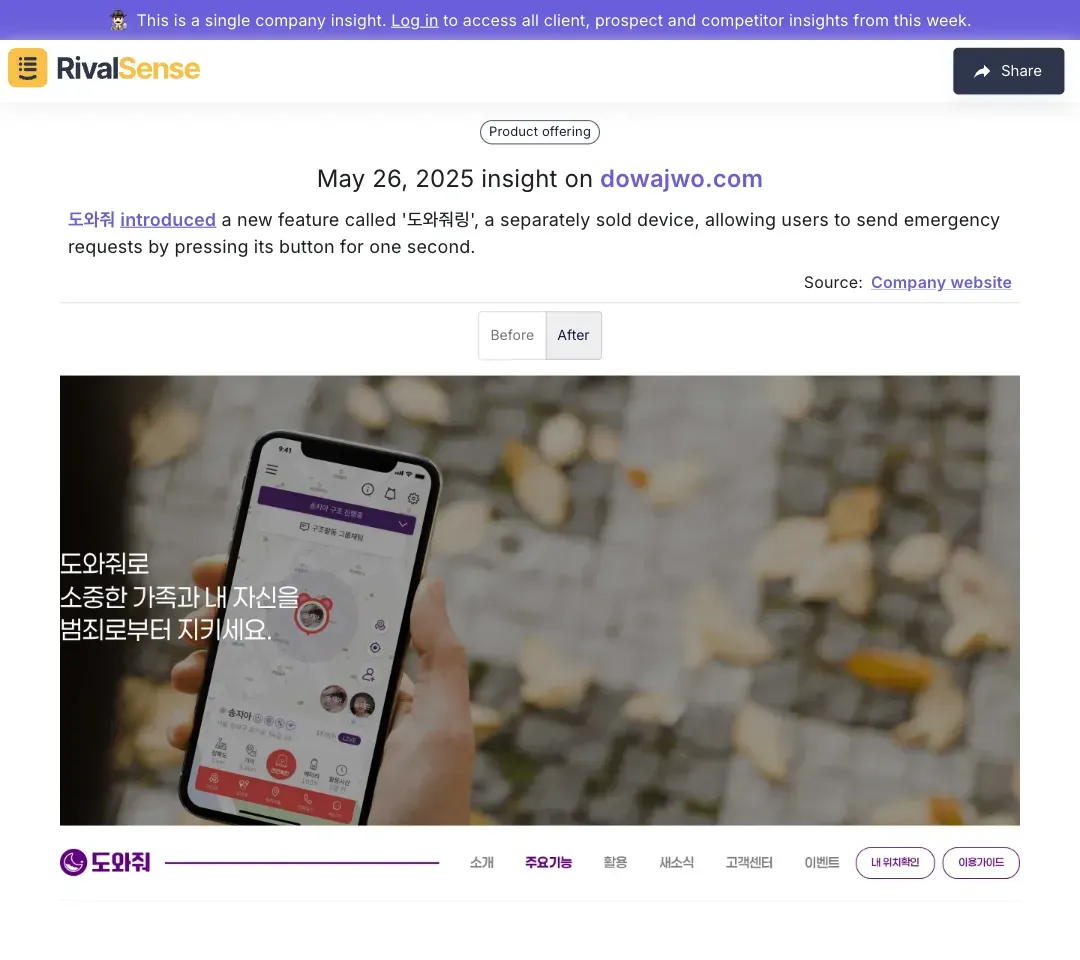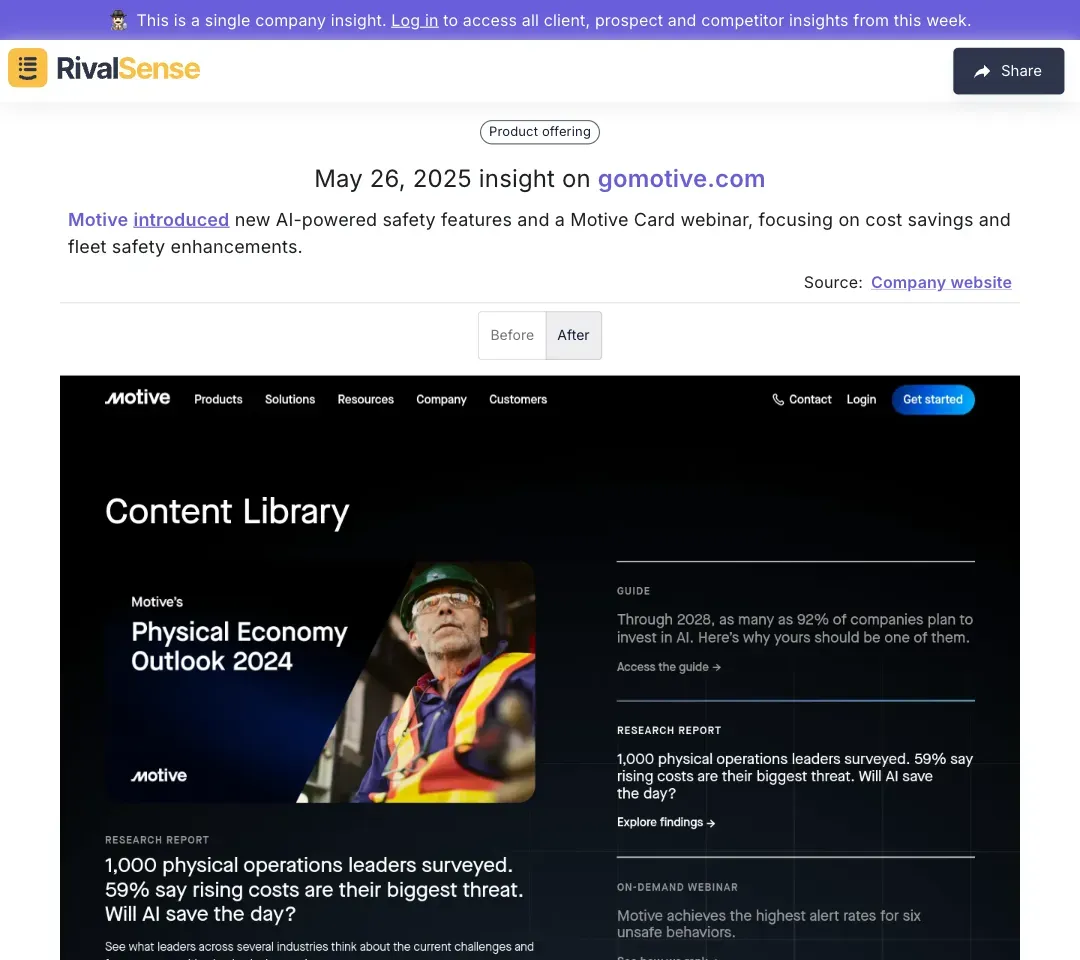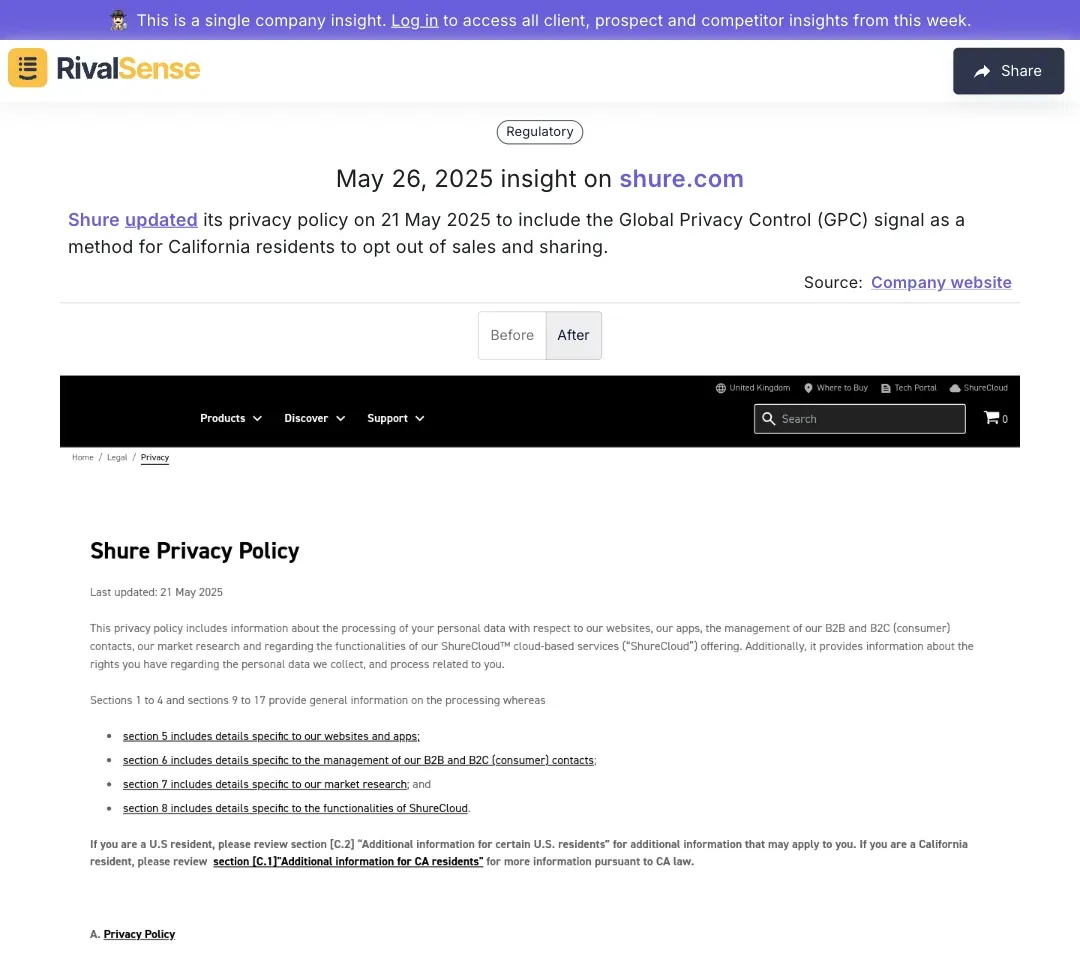How to Master Competitive Positioning in B2B E-Commerce: Actionable Strategies for Leaders
In the fast-paced world of B2B e-commerce, competitive positioning defines how your business stands out from rivals in your customers' minds. It’s not just about unique products—it’s about strategically communicating value to drive loyalty, market share, and profitability.
B2B buyers demand trust, ROI proof, and personalized experiences due to complex decision-making units and long sales cycles. This makes precise positioning critical. Below, we break down actionable steps to help you dominate your niche.
Understanding Your Competitive Landscape
Analyzing competitors is the foundation of strong positioning. Start by mapping direct competitors (similar offerings) and indirect ones (alternative problem-solvers). Tools like SEMrush and LinkedIn Sales Navigator help track SEO strategies and leadership changes.
Pro Tip: Automate competitor monitoring with tools like RivalSense, which tracks product launches, pricing shifts, and regulatory updates. For example, when 도와줘 launched 도와줘링—a standalone emergency request device—RivalSense users received immediate alerts. Tracking such launches helps you spot innovation trends early.

Why it matters: Real-time alerts about competitor product launches let you adapt pricing, messaging, or features before losing market share.
Practical steps:
- List top 5 direct/indirect competitors
- Compare pricing, customer reviews, and content strategies
- Identify gaps using SWOT analysis
- Set up automated competitor alerts
Defining Your Unique Value Proposition (UVP)
Your UVP must answer: Why should customers choose you? Focus on outcomes, not features. For instance, Motive’s AI-powered fleet safety tools emphasize cost savings and risk reduction—a UVP that resonates with logistics managers.

Why it matters: Tracking competitors’ UVP shifts (e.g., new AI capabilities) helps refine your own messaging to counter their strengths.
Actionable checklist:
- Conduct customer surveys to identify unmet needs
- Test UVP variants in ads/landing pages
- Train sales teams to articulate UVP consistently
Strategies for Effective Competitive Positioning
1. Out-Differentiate Through Niche Focus
Dominate underserved segments. Example: If competitors target enterprises, cater to mid-market clients with tailored onboarding.
2. Leverage Regulatory Insights
When Shure updated its privacy policy to include Global Privacy Control (GPC) compliance, it signaled adaptability to evolving regulations. Proactively addressing compliance can become a trust-building UVP.

Why it matters: Regulatory changes impact customer trust. Monitoring these helps you stay compliant and market your adherence as a differentiator.
3. Counter-Position with Technology
Adopt AI chatbots for 24/7 support if competitors lag in CX tech. Highlight speed-to-resolution metrics in campaigns.
Measuring and Adapting Your Positioning Strategy
Track 3 key metrics:
- Market share: Use tools like Statista
- Customer Retention Rate (CRR): Aim for 85%+ in B2B
- Share of Voice (SOV): Measure brand mentions vs. competitors
Adaptation tactics:
- A/B test landing pages quarterly
- Run win/loss interviews to uncover positioning weaknesses
- Monitor competitor hiring (e.g., sudden UX hires may signal platform upgrades)
Conclusion: Turn Insights Into Action
Competitive positioning requires constant iteration. Automate competitor tracking to focus on strategic decisions—not data gathering.
Next steps:
- Audit your UVP against competitors’ updates
- Implement one differentiation tactic this quarter
- Try RivalSense Free to automate competitor alerts
🚀 Pro Tip: Get your first competitor report in minutes with RivalSense. Spot trends like pricing shifts or feature launches before they impact your pipeline.
📚 Read more
👉 Actionable Tech Roadmap Insights from 3D Printing Industry Leaders
👉 Outsmart Competitors: How B2B Leaders Turn Market Intelligence Into Growth
👉 7 Actionable Strategies to Future-Proof Security in Armored Transport
👉 HVAC Industry Glossary: Essential Terms Every Founder and CEO Should Know
👉 Mastering Competitor Tracking in 2025: Actionable Strategies and Real-World Case Studies
